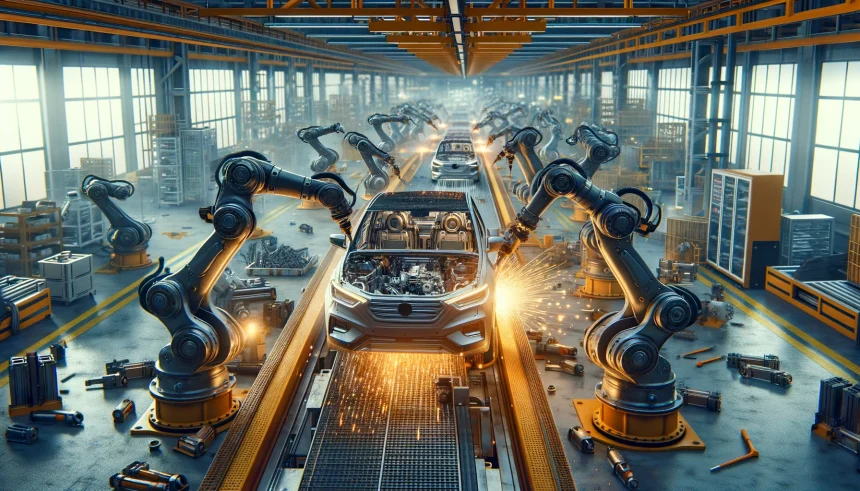Advanced Functional Materials recently published an article, “Robust Phototaxis by Harnessing Implicit Communication in Modular Soft Robotic Systems,” which delves into how soft modular systems can exhibit robust phototactic behavior absent of centralized control and explicit intermodule communication. The study highlights how leveraging basic local rules enables these robots to adapt to complex, dynamic environments efficiently. This groundbreaking approach opens new pathways in developing adaptive, autonomous robots with minimal computational power, drawing inspiration from nature’s distributed intelligence.
Achieving adaptivity in complex environments poses significant challenges in robotics. Traditional systems often rely on rigid materials and centralized controllers that are computationally intensive. In contrast, nature frequently utilizes soft materials and distributed intelligence. This study explores a decentralized method for soft robotic systems to exhibit robust behavior without prior knowledge of their configuration or surroundings. Implementing basic rules in modules shapes the entire system, allowing it to navigate toward a light source through whole-body phototaxis without explicit communication between modules.
Decentralized Phototactic Behavior
The research demonstrates the effectiveness of this approach in producing adaptive behavior in dynamic and challenging environments. The simplicity of the method allows for illustrating and understanding the underlying mechanisms, particularly focusing on the system’s geometry and the impact of learning parameters. The findings suggest a promising avenue for developing adaptive and autonomous robots that can function efficiently in real-world scenarios using minimal computational resources.
In previous studies, soft robotic systems have shown potential in various applications but often struggled with adaptability and efficiency. Earlier research primarily focused on centralized control mechanisms, which required extensive computational efforts and rigid designs, limiting flexibility and resilience. The current study’s decentralized approach marks a significant departure, emphasizing the role of local interactions and minimalistic design in achieving robust functionality.
Comparatively, other research has explored similar concepts in distributed intelligence but mainly in theoretical contexts or limited practical applications. This study’s application of basic local rules to achieve phototaxis in a modular soft robotic system stands out for its practical implications and potential scalability. Such advancements underscore the feasibility of deploying these systems in everyday environments, making them more versatile and resilient against unforeseen challenges.
Implications for Future Robotic Design
The insights gained from this research offer valuable contributions to the field of robotics. Developing adaptive systems that require minimal computational power can revolutionize how robots interact with their environments. These findings could significantly impact the design and functionality of soft and microscale robots, enhancing their utility in various real-world applications. Furthermore, understanding the role of geometry and learning parameters in decentralized systems can inform future innovations in robotic design and behavior.
As soft robotics continues to evolve, the principles demonstrated in this study could lead to more efficient and adaptable robots capable of performing complex tasks with minimal oversight. This progress aligns with the broader trend in robotics towards more autonomous and resilient systems, capable of navigating and adapting to dynamic, unpredictable environments. Researchers and developers may look to this study as a foundation for future advancements in the field, pushing the boundaries of what is possible with soft, modular robotic systems.










